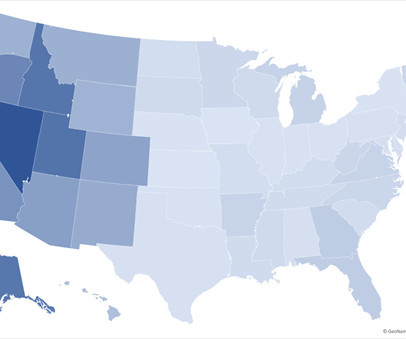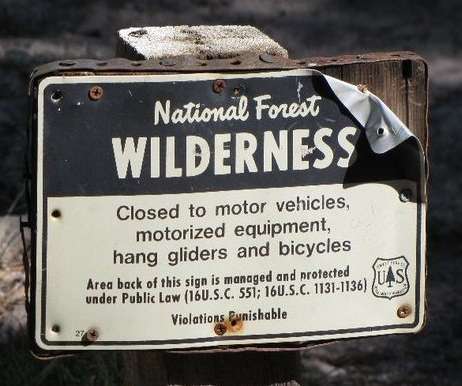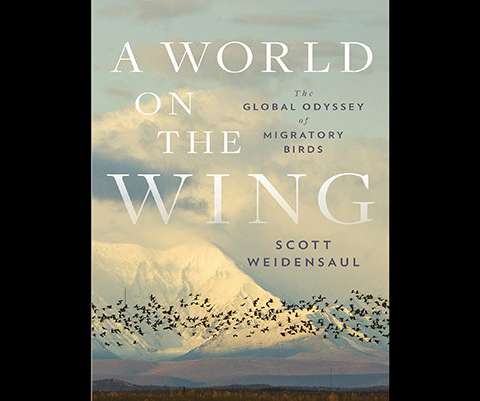A Birder’s Guide to U.S. Federal Public Lands
10,000 Birds
MARCH 5, 2024
The federal government owns about 46% of the land in these states but only about 4% of the other states (excluding Alaska). There is one gigantic outlier: Alaska. The federal government owns roughly 223 million acres in Alaska, about 61% of the state. In terms of federal land, Alaska truly stands apart. million acres).


























Let's personalize your content